Grab an extra few days in Spain from a Madrid-based business trip by tackling Spain’s wine scene — from south to north — with gusto.
Written by Karolyne Ellacott
This directional trip will have you learning more about the world of sherry and Rioja wine while exploring lesser-travelled regions that might otherwise remain unexplored dots on a map. Here’s our guide to drinking up Spain.
If there’s one thing Spaniards know how to do well, it’s how to have a good time. Long after sundown — which follows a languorous afternoon siesta — folks across Spain seep out of their houses and into the re-awakening streets, eager to partake in plenty of wine-spiked merriment.
So rather than aimlessly meander through Madrid for an extra few days post-business, why not dive a bit deeper into the world of Spanish wine, exploring the Sherry Triangle and the Rioja region? Fortunately cross-country flights come cheap — and frequently— so those keen to explore can do so with relative ease. (Craft beer lovers will require more than a cheap ticket to unearth much of note.)
The Sherry Triangle
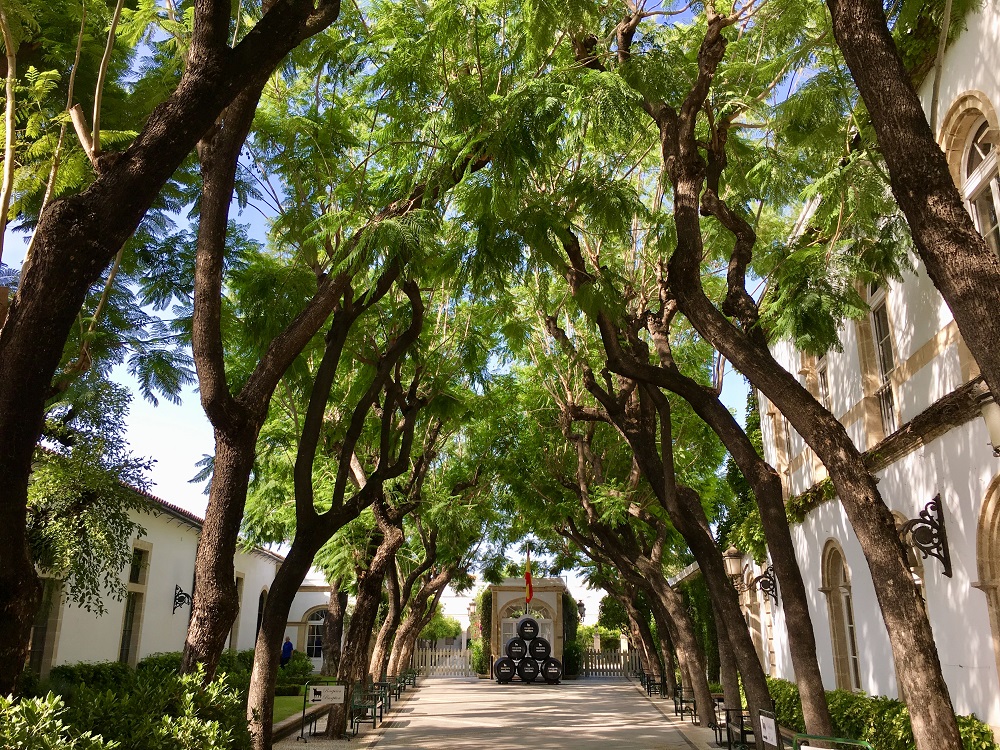

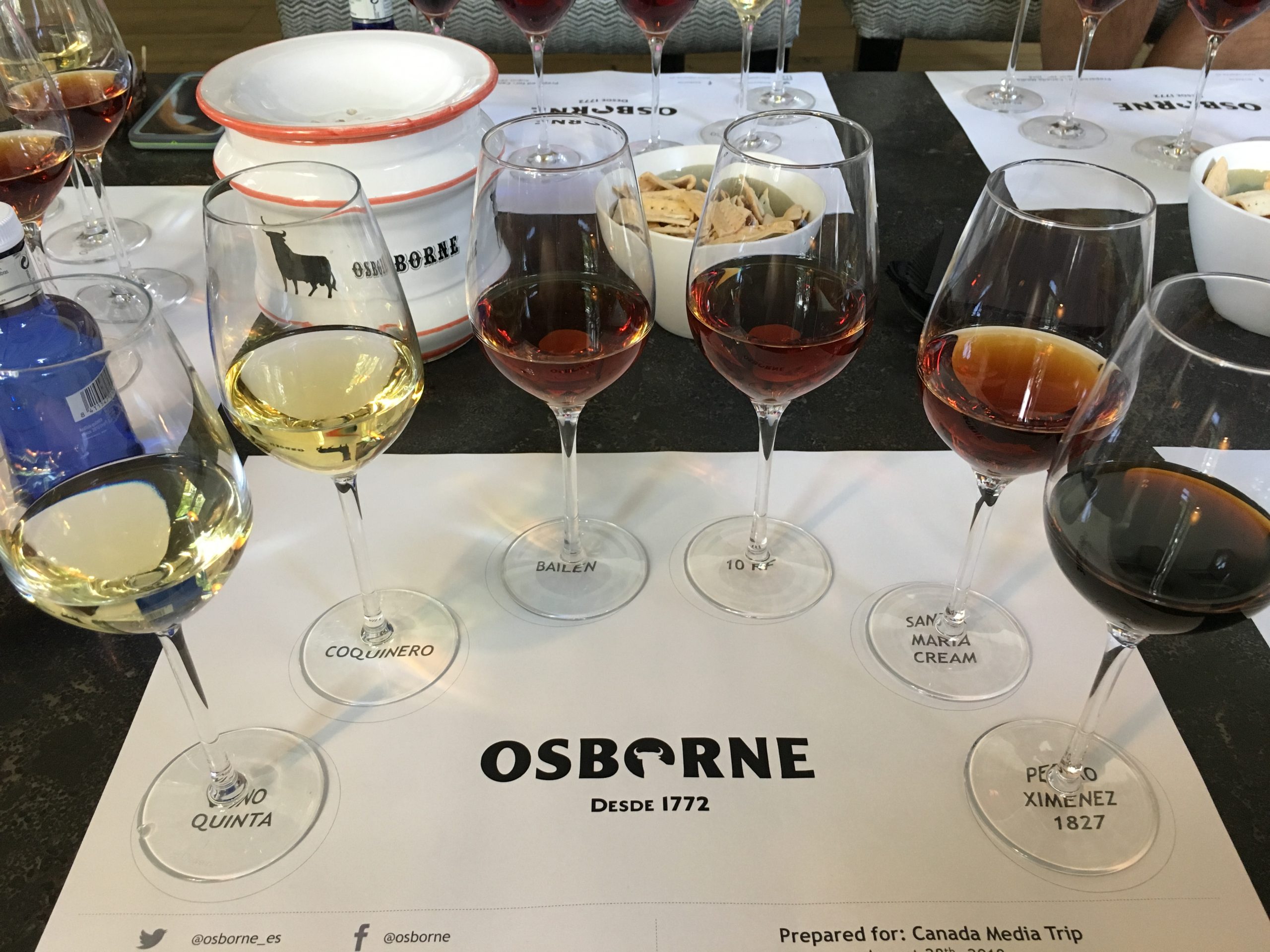

With Madrid as a starting point, it’s a quick flight over to Jerez de la Frontera — one point of three Andalucían sun-drenched towns that make up what’s known as the Sherry Triangle, where most of Spain’s sherry is produced. Jerez is joined by Sanlúcar de Barrameda and El Puerto de Santa María. The latter is home to Bodegas Osborne, recognizable for its famed black bull icon, spotted on highways across the country and oft confused for an emblem of Spain itself. Founded back in 1772, the sherry winery was built here because of the microclimate. Two types of winds (one dry; one cool) paired with the region’s humidity result in ideal conditions for cellar aging casks of sherry.
Sherry, oft pegged as that raisin-flavoured sipper clutched by fuddy duddy aunts in dust-riddled living rooms, is much more than its National Enquirer-like caricature. Yes, it is a fortified wine and yes, some variants have more raisin-like notes than others. But long before its reputation was semi-sullied, it was beloved by royalty. Back in 1845, Osborne regularly shipped casks of the stuff to the British royal family.
At an on-site sherry tasting, patrons are walked through Osborne’s award-winning varietals, ranging from the dry and salty Fino Quinta (locals casually mix it with 7Up) to 10RF (which, as a fellow writer quipped, is essentially a pre-made Old Fashioned) to the Santa Maria Cream Sherry (a lively medley of dates, raisins and kicky spice which pairs well with blue cheese).
While in town, aim to rest those bones at the five-star Hotel Duques de Medinaceli — a former palace that’s been transformed into a stunning hotel. The space is dotted with original furniture that’s been restored, and the surrounding botanical gardens are made for quiet contemplation. Should free time abound, a jaunt by ferry over to Cádiz will offer far more for the eyeballs to enjoy than the streets of Santa María. (Think old town charm with winding cobblestoned streets, dual cathedrals and plenty of options for gelato.) And, of course, more sherry wineries populate the Triangle, with Bodegas Tío Pepe and Bodegas Urium counting as but two begging to be explored.
Soak in some art
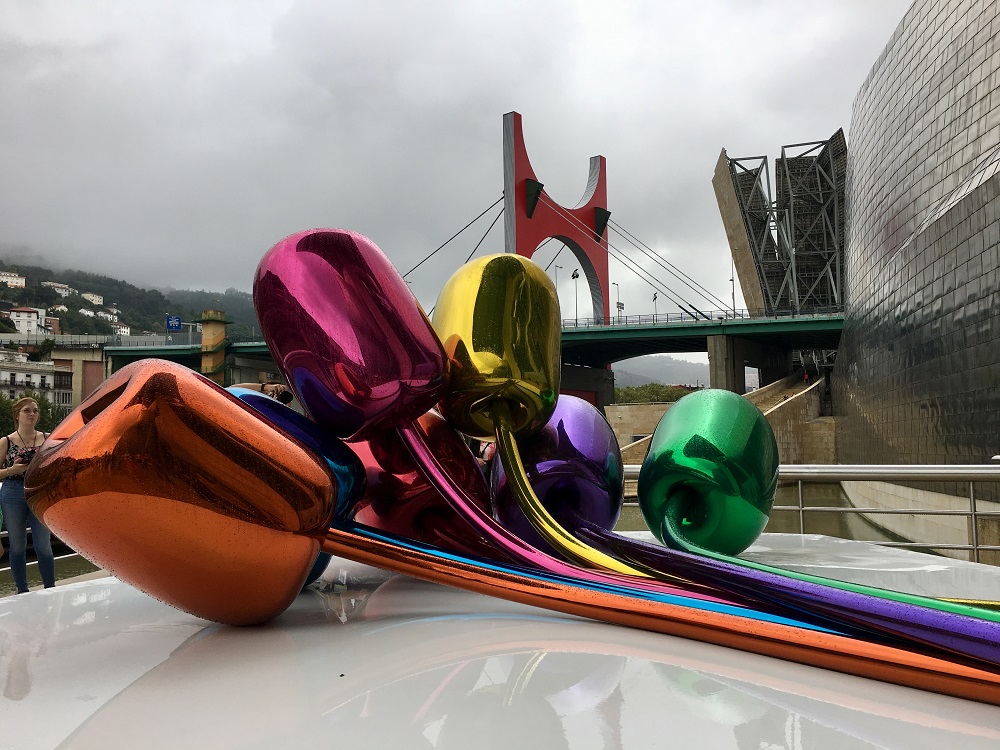

Next up on the educational tour of Spanish wine is the Rioja region. Located in the country’s north, the province — and type of wine — is split up into three wine-growing regions, all of which are home to the indigenous Tempranillo grape.
Depending on time, one can fly directly to Logroño or take a wee detour and hit up Bilbao before driving south to Rioja’s capital. The Guggenheim is more than worth it; experience Frank Gehry’s fantastical titanium-clad creation dancing along the riverbank in what’s bound to be rain-dusted weather. (There’s also Fujiko Nakaya’s mist-maker-slash-art installation to bring the point home should the sun dare come out.) Save plenty of hours for lapping up as much art (Jeff Koons! Richard Serra! Louise Bourgeois!) as humanly possible.
Back to the drinking in Rioja
Lovely Logroño, a stop on the well-trodden Camino de Santiago pilgrimage route, deserves to be properly explored prior to any wine-soaked activities. Discover the glory of Basque cuisine at restaurants like Taberna Herrerías or a clutch of eateries with Michelin nods, such as Tastavin. Stay at the centrally-located Hotel Calle Mayor, whose artful environs are the result of a recent facelift to what was historically a small palace.
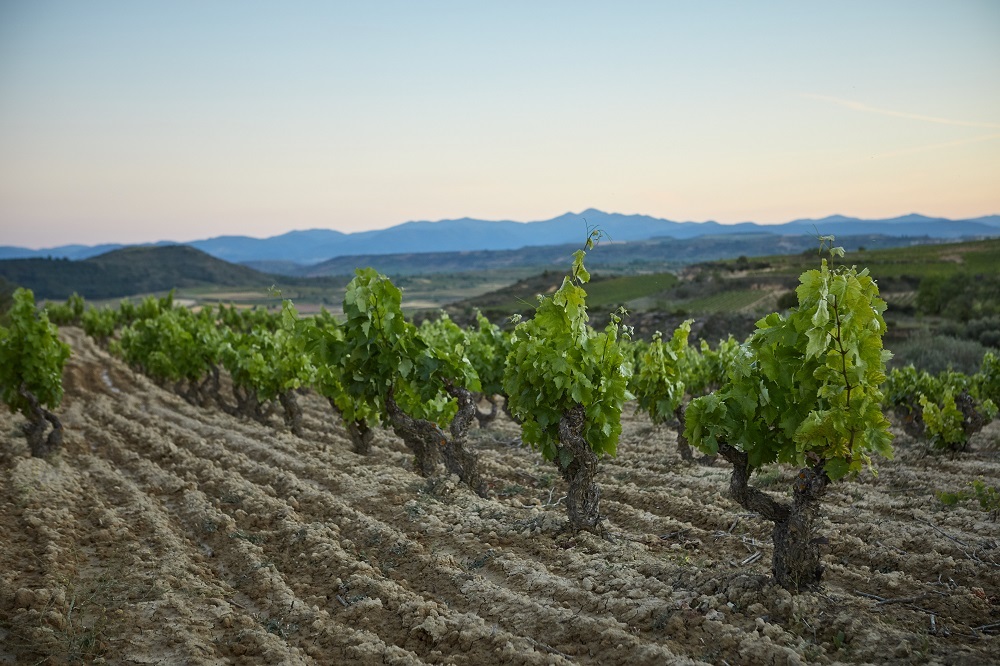

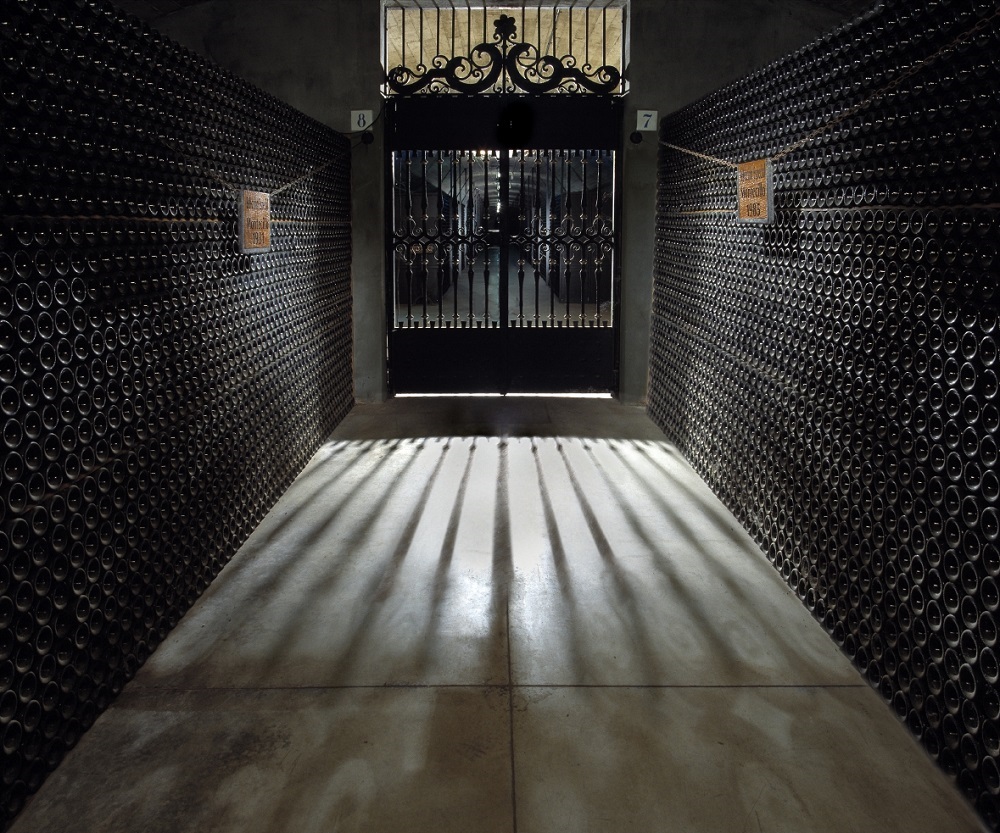

But back to the wine. Montecillo winery, founded in 1870, is the third oldest winery in Rioja and is a short drive away from the city centre. Vineyards flesh out the landscape, with the noble black Tempranillo grapes skittering their way up vines, awaiting their eventual fate in a goblet of Rioja.
Over at the bodega, oenologist Mercedes García Rupérez works her magic, overseeing production that combines technology with tradition. In one corner, mammoth tanks contain 100,000 kilos of fermenting wine; in another, a stack of 900,000 bottles of wine are cellared for four years, eventually emerging as the ruby-hued Gran Reserva, tasting of sweet oak wed to cinnamon and cloves.
Joining the Montecillo team and eager to modernize production, Rupérez had to sneakily make her own Rioja in new oak barrels, to prove what she was capable of. It worked. At tastings, the wine-curious sample everything from her elegant Blanco (a white Rioja — surprise! — blending white Tempranillo grapes with Sauvignon Blanc) to their award-winning, full-bodied Crianza, thankfully found right at the trusty LCBO.
Montecillo winery is but one of many bodegas in the region; there are at least 599 others to experience, depending on just how serious you are about wine and the amount of love felt for Rioja vino.
Back in Madrid post whirlwind tour, there’s likely time for one more drink before a flight home. The restaurant La Cocina de San Antón, found on a market rooftop, is a vibrant, greenery-dotted space ideal for wiling away one final evening under the stars. There is jamón. And there is wine.







